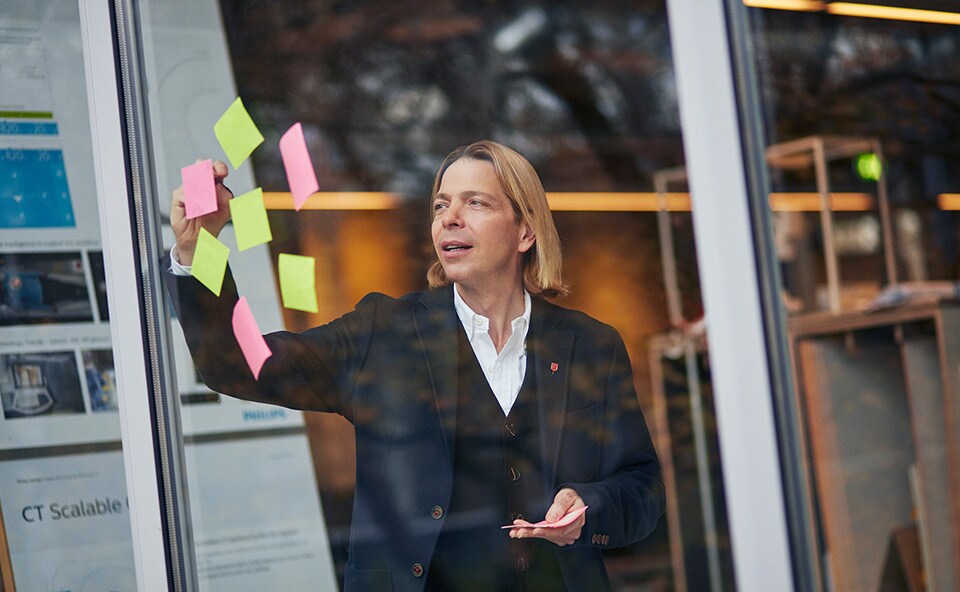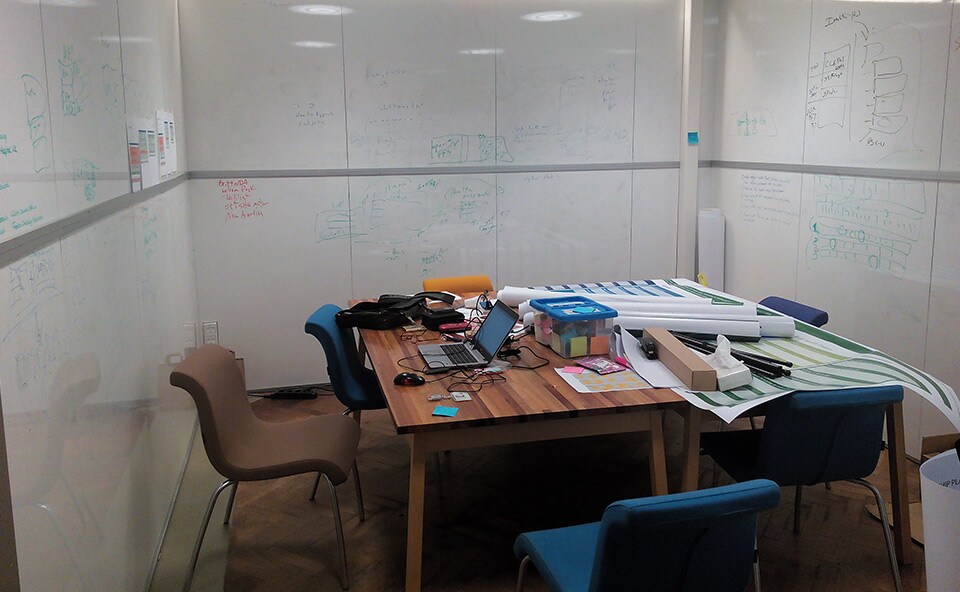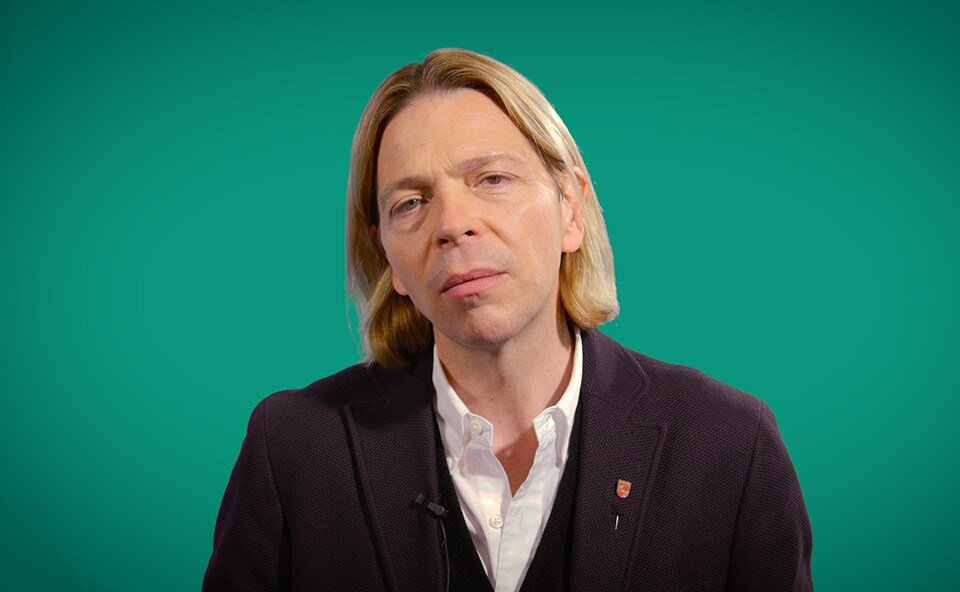The
Spark
Episode 2 - 8 March 2018
Dopamine fiend
Kurt Ward exemplifies exploration. As a young kid with a set of bongos, he traded antiques and comic books by day so he could gig with the jazz greats Dizzy Gillespie and Stan Kenton at night. Now he’s making a bang as a Senior Design Director in the corporate world, constantly exploring possibilities, and throwing things at the wall so hard that they’re bound to stick.
“I am addicted to those moments of high-energy and intensity, that moment when the spark comes, when an idea hits” says Kurt. And why? It’s “the franticness of it,” he explains. “Some runners do it to get to that place, but I do it intellectually.” It’s not enough for Kurt to be making innovations and changes himself in his career. He’s trying to inspire everyone he collaborates with to bring that same level of enthusiasm and ingenuity that are characteristic of his nature.
“I am addicted to those moments of high-energy and intensity, when an idea hits"
Kurt doesn’t judge other people's contributions. Yes, he’ll sort through them, but he’ll do it later. Before that, he just wants to know what you’ve got.
One of Kurt’s early jobs was selling collectibles and antiques at local fairs. By night he was going out to chase something as ephemeral as a ‘sound’ in the late night jazz clubs his dad took him to. He had a wild time up on stage with jazz greats like Stan Kenton.
The ideas man: Kurt Ward does everything he can to immerse himself in innovation
And when college dragged him away from jazz world, Kurt brought that same wild spirit of experimentation to the business world.
His heroes seem to continue to influence him even as he switched career paths. As a pioneer of both bebop and Afro-Cuban jazz, Dizzy Gillespie knew no cultural bounds. His global sense of exploration and daring are things that Kurt has taken with him as he's tried to make just as much ‘bang’ in the corporate world.
The space for ideas to grow In the team room that Kurt designed, for instance, he covered all four walls with whiteboards “so I can write on every square inch.” And why is that important? Because visualizing a challenge helps him start to understand relationships. “This room is the inside of my brain,” he jokes. “The essence of design is taking a problem or an issue or a challenge, deconstructing it, looking for interrelationships, and then putting it back together in a new context, a new framing,” he explains. The moment Kurt figures it all out – when the spark of inspiration hits – is “the height of ecstasy,” he says.
“The moment inspiration hits is ‘the height of ecstasy‘.”
When wondering where to host his first large scale corporate event, Kurt, suggested Moscow’s Red Square, kind of half seriously.
“It was a lark idea,” says Kurt, but one that he became determined to pull off well. At the time, the square hadn’t been open for many corporate events of the sort, but that didn’t sway him. In fact, it may have excited him.
Kurt seems to love throwing calculated ideas against the wall and seeing what works, and he sure does throw them hard enough to ensure that they’ll stick.
Making a bang professionally Kurt is a great example of how the entrepreneurial mind uses the same playful, risk-taking, dopaminergic systems as the artist does. He may not be chasing that sound anymore, but he’s still chasing that feeling in his current career. For instance, Afro-Cuban drumming is a challenging endeavor. It asks a musician to hold two time-signatures in their heads at the same moment, simultaneously subdividing 12 beats into 4 sets of 3s, and 3 sets of 4s, or what they call going against the rhythm. And as Kurt tells it, he could capably handle the challenge. And after all this time, Kurt is still going against the rhythm, but in the best way possible. He still holds just as many wild ideas in his head as he goes against the grain. Even outside of his whiteboard room, he’s doing everything he can to be surrounded by ideas, and that includes encouraging everyone around him to be just as creative as he is – provided they can keep up.
How does Kurt get his career high? Here’s his top 5 tips for success:






